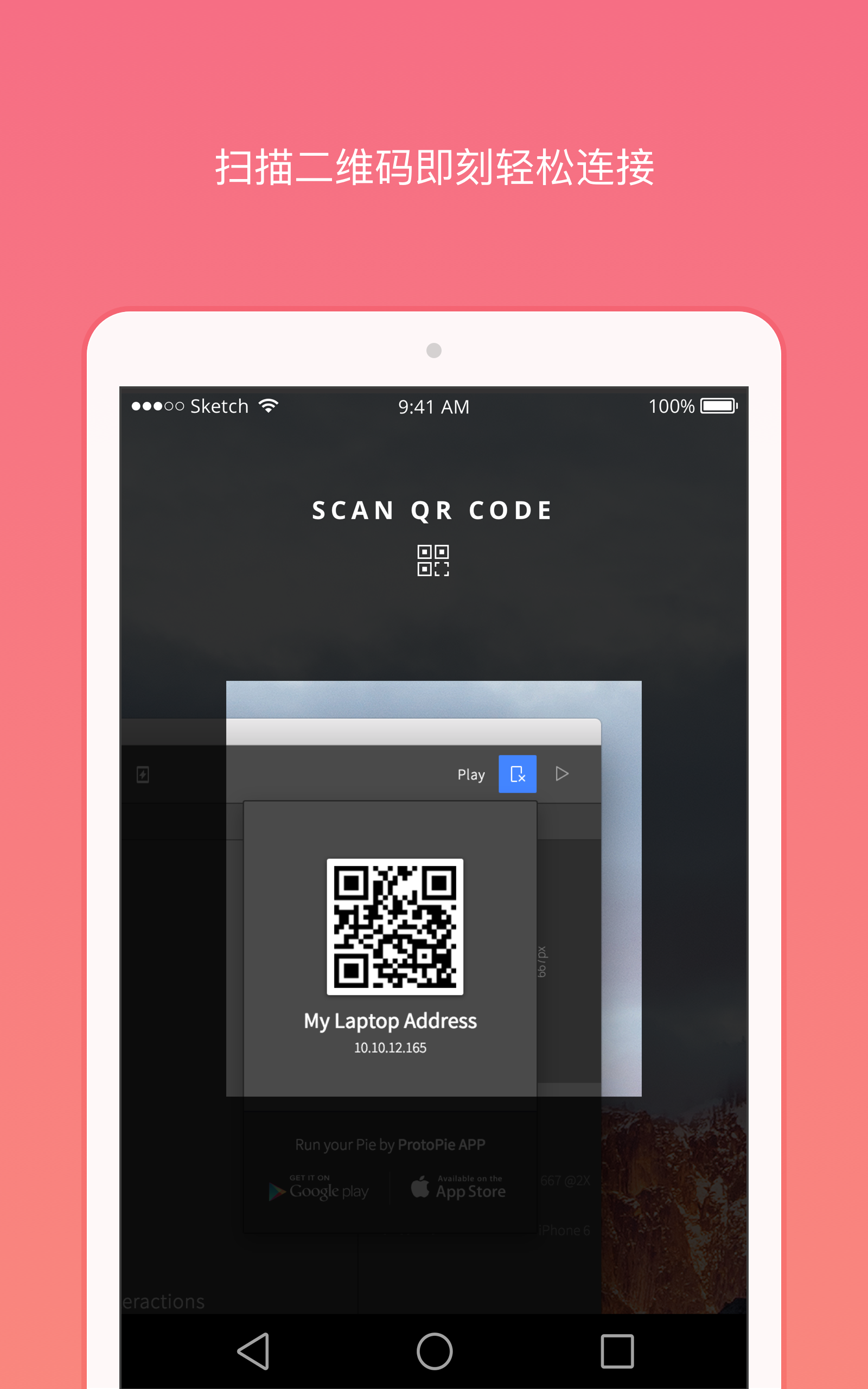
For example, the Apple App Store lets you tap a thumbnail and it will gracefully transition to a detail screen without breaking the flow.

SCREEN TRANSITIONĪnimated transitions between screens are becoming common, especially in iOS 13. Based on the X position of a layer, you can set the appropriate visual states and animations. A good example is the toggle ON/ OFF that you often see in iOS and Android. Conditions are perfect for that scenario and they take very little time to set up. Often times, you’ll want to toggle different animation states back and forth. You can set animations like Move, Scale and 3D Rotate that reacts nicely to those gestures. Gestures like Drag, Pinch, Long Press and 3D Touch are easy to create in ProtoPie.
PROTOPIE DETECT HOW TO
In this section, we’ll learn how to set up animation timing and delays to create something that delights. It’s also an increasingly popular technique found on many popular web and mobile apps. START SEQUENCE ANIMATIONĬrafting animations that gracefully follow in a specific order can be time-consuming. We’ll build a simple prototype with 6 screens that’s imported from Sketch. Learn the basics of ProtoPie, starting with configurations, triggers and responses. Just like most prototyping tools, you can quickly create a quick prototype that navigates to every screen of your app, with preset screen transitions like Fade, Pop, Slide In, Slide Out and Flip. Version 4 comes with a lot of new features such as Components, Constraints and various improvements. We’ll start the whole course by understanding all its capabilities and in what context it should be used for your team. There are plenty of techniques to learn in ProtoPie. As with most prototyping tools, you need to be somewhat familiar with design tools to be able to understand the core concepts of prototyping. This course isn’t just about the tool, it’s also about learning how to design an app, bringing it to life and getting tons of tips and tricks in between. Then, we’ll dive deep into animation techniques and complex interactions that will really elevate your design. We’ll start the course with a solid workflow and quick prototyping techniques in order to create a working prototype that can be previewed on your device. The formula we will store in this variable is length('Input'.text) It will constantly return the number of characters within the input layer.In this course, we’ll learn the ins and outs of ProtoPie, from basic techniques to advanced prototyping. (This feature is only available for Variables For This Scene)ģ. In the property panel, check Use Formula. Go ahead and rename the variable to length for good organization practice.Ģ. On the bottom left panel, click the '+' icon to create a new variable For This Scene.

Instead of constantly retyping all of that information, you can just type in the variable's name to accomplish your goal.ġ. Variables can store values or formulas that are repeatedly referenced in your prototype. 💡 How could a variable make our workflow easier? A quick way to streamline this workflow is to create a custom variable to detect the input text length value. In order to make ProtoPie auto-format this input field, we'll need to know the input text length at all times. Create a variable to store the input text length (Recommended Step) Starting Pie File Completed Pie File Step by step instructions 1.


 0 kommentar(er)
0 kommentar(er)
